Francois Gall (1912-1987)
Get a Gall Certificate of Authenticity for your painting (COA) for your Gall drawing.
For all your Gall artworks you need a Certificate of Authenticity (COA) in order to sell, to insure or to donate for a tax deduction.
Getting a Gall Certificate of Authenticity (COA) is easy. Just send us photos and dimensions and tell us what you know about the origin or history of your Gall painting or drawing.
If you want to sell your Gall painting or drawing use our selling services. We offer Gall selling help, selling advice, private treaty sales and full brokerage.
We have been authenticating Gall and issuing certificates of authenticity since 2002. We are recognized Gall experts and Gall certified appraisers. We issue COAs and appraisals for all Gall artworks.
Our Gall paintings and drawings authentications are accepted and respected worldwide.
Each COA is backed by in-depth research and analysis authentication reports.
The Gall certificates of authenticity we issue are based on solid, reliable and fully referenced art investigations, authentication research, analytical work and forensic studies.
We are available to examine your Gall painting or drawing anywhere in the world.
You will generally receive your certificates of authenticity and authentication report within two weeks. Some complicated cases with difficult to research Gall paintings or drawings take longer.
Our clients include Gall collectors, investors, tax authorities, insurance adjusters, appraisers, valuers, auctioneers, Federal agencies and many law firms.
We perform Francois Gall art authentication, appraisal, certificates of authenticity (COA), analysis, research, scientific tests , full art authentications. We will help you sell your Francois Gall or we will sell it for you.

Francois Gall was a figure and still life painter who studied at the Ecole des Beaux-Arts in Paris. Born in Transylvania to Hungarian parents, Gall traveled to Rome to study art in 1929, and returned the following year to teach art at the Hungarian College.
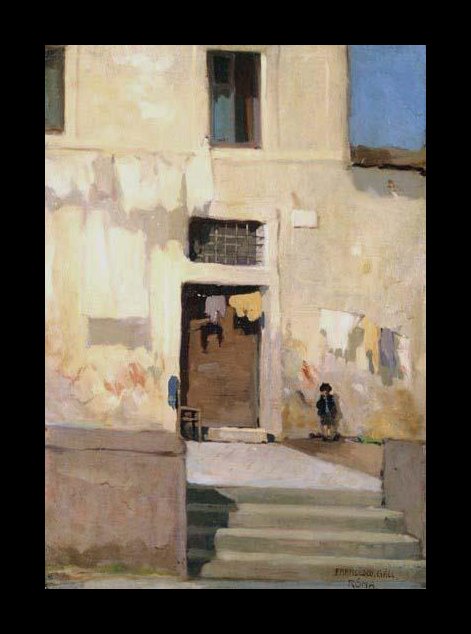
Gall finally moved to Paris in 1936 where he studied under Devambez and was heavily influenced by the French Impressionists.
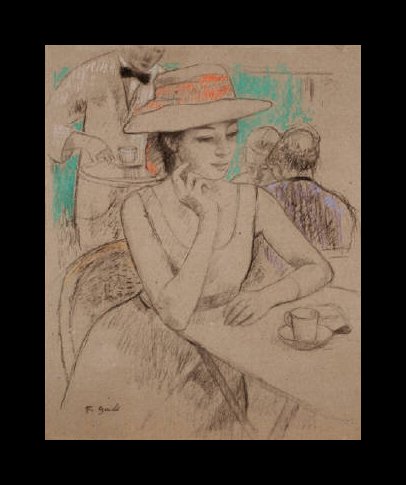

Like so many other Impressionist painters, Gall chose to portray beautiful young women engaged in a variety of lighthearted activities for the bulk of his career. In particular, Gall would often portray ballerinas (like Degas) and women lounging at the beach (like Monet). However, unlike Gall’s Impressionistic predecessors, Gall took a different approach to Impressionism and strived for a more realistic approach and used appealing and vibrant colors.


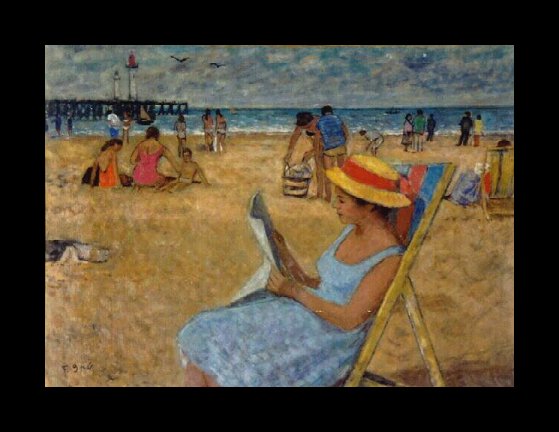
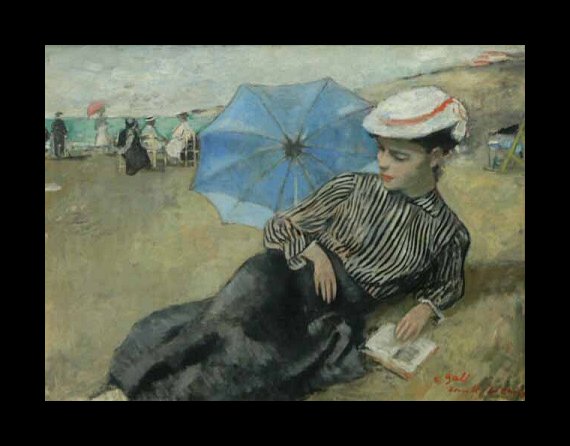
Also typical of the French school of Impressionism were Gall’s Parisian city scenes of women at café’s or relaxing in lush gardens.
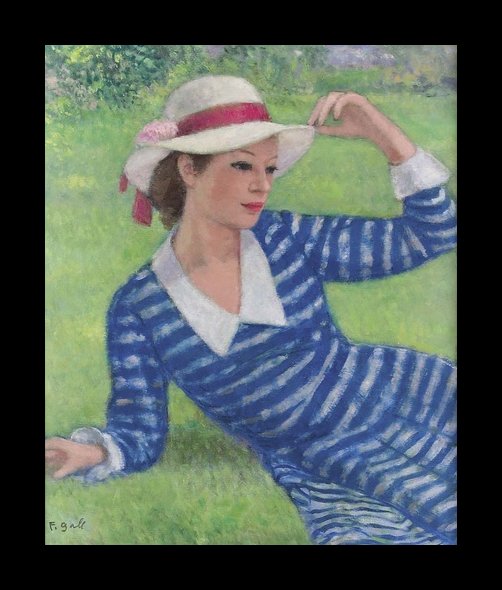


Despite the fact that he was not a highly experimental painter in an era where Surrealism, Abstract and Futurism were popular, Gall managed to find success with his dated style of painting. Perhaps it was due to the fact that he stayed true to typical genre’s that were pleasing to the public, such as ballerinas and beach scenes. Another of his frequent subjects was horse races and jockeys, again created with vibrant colors.
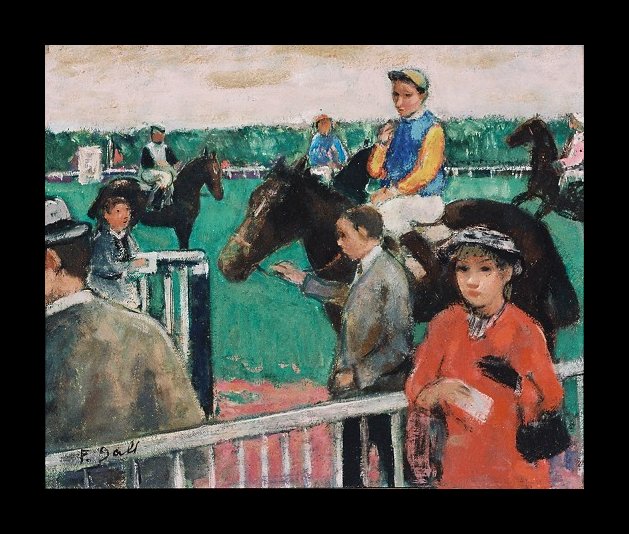
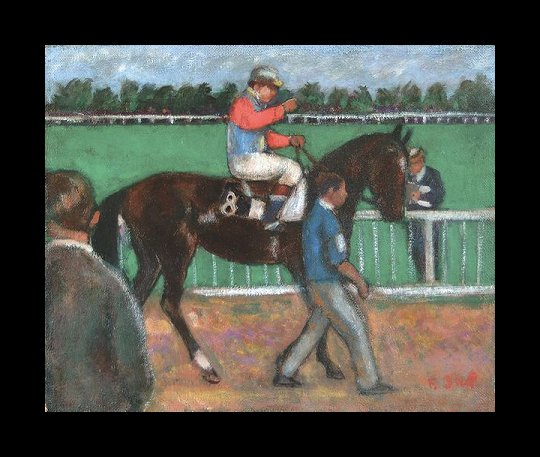

Gall would gain French citizenship in 1945, and in 1947 he won his first award at the Paris Salon. Gall was also awarded the Francis Smith prize in 1967 and a number of other decorations and honors throughout his career.

During his lifetime, Gall exhibited his work extensively worldwide from New York to Rome, Mexico, Stockholm, and London and of course, Paris. Gall enjoyed great success as a painter and left behind a relatively large collection of paintings and sketches. Today his paintings are housed in Paris, Boston, Budapest, and perhaps even in your own home.
Reviews
1,217 global ratings
5 Star
4 Star
3 Star
2 Star
1 Star
Your evaluation is very important to us. Thank you.
